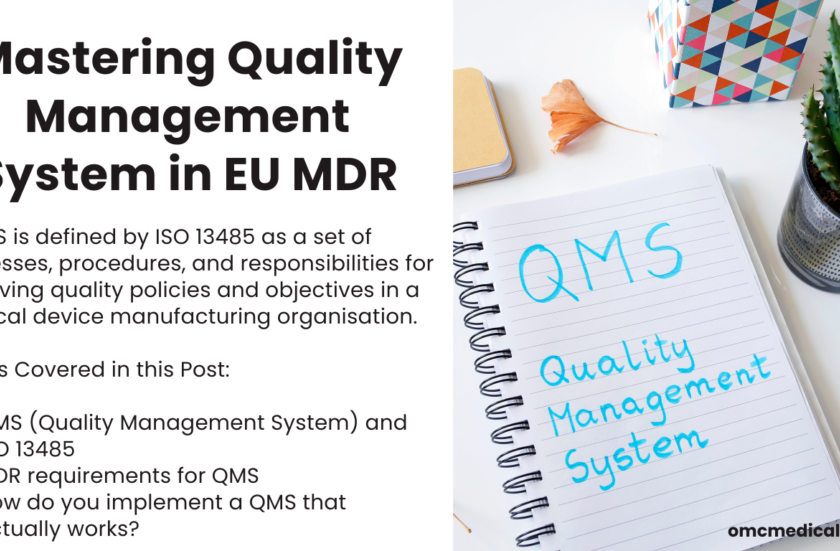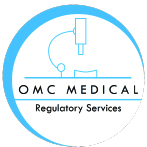
Strategic Approach to Compliance: Mastering the Quality Management System (QMS) in EU MDR
Post Tags:
Search
Tags
510(K) submissionAbbreviated 510(K)Annex XIVCanadaCFRClinical DataClinical evaluationClinical InvestigationCosmetic RegulationCosmeticscybersecurityDecember NewsletterEUEUDAMEDEU IVDREU MDREUMDRFDAFSCAGMPHealth CanadaISOIVDRLabellingManufacturerMarket surveillanceMDCGMDDMDRMedical deviceMedical Device RegistrationMedical devicesMedical Devices Regulatory ConsultancyNotified bodiesPost-market surveillancePost Market Surveillance (PMS)QMSRegulationsrisk assessmentSaMDSaudi ArabiaSFDATechnical DocumentationUKUKRP
Quick Contact
If you have any questions or need help, feel free to contact with our team.
©2025 OMC Medical, All Rights Reserved. With Love by 7oroof.com

Our team will be happy to respond your queries. Contact us directly with your questions or for scheduling FREE consultation and we’ll be in touch as soon as possible.
Quick Contact
If you have any questions or need help, feel free to contact with our team.

Our team will be happy to respond your queries. Contact us directly with your questions or for scheduling FREE consultation and we’ll be in touch as soon as possible.
Quick contact
- info@omcmedical.co.uk
-
0044 7719761764
0044 2080667260 - Planet House, North Heath Lane, Horsham, West Sussex RH12 5QE

Our team will be happy to respond your queries. Contact us directly with your questions or for scheduling FREE consultation and we’ll be in touch as soon as possible.
Our Branches
- Switzerland
- Europe (Northern Ireland)
- Asia
- Canada
- Brazil
- Middle East
- China
- Turkey (Partner Office)

To launch a medical device in a country, medical devices must comply with the local country’s regulatory requirements. Let us be your trusted partner in bringing your medical devices to the Global market. Contact us today to learn more about how we can assist you in every step of the way.
Our Branches
- Europe
- Asia
- Africa
- Oceania
- South America
- North America
- Planet House, North Heath Lane, Horsham, West Sussex RH12 5QE
- Planet House, North Heath Lane, Horsham, West Sussex RH12 5QE
Copyright © 2025 OMC Medical. All Rights Reserved OMC Medical




